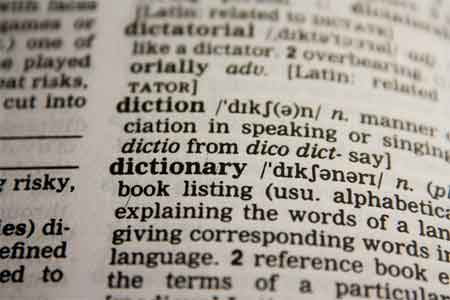Mathematics shares a common number symbol system throughout the world. But when those numbers are encased in contextual, language-based story problems, English language learners can be easily confused.
Helping ESL Students Learn to Read the Question in a Math Word Problem

Young ESL learners often compensate for language confusion by making assumptions about what to do with the numbers in story problem. It is not uncommon for first or second grade ESL students to assume they should add any numbers they see in the problem, regardless of what the problem is actually asking them to do.
Here is a story problem that some teachers have found useful to initiate class discussion among ESL (and even native English speakers) students in first grade:
- The farmer has 6 cows and 5 pigs. How old is the farmer?
Teachers may be surprised by how consistent young students’ answers to the above problem tend to be. Many students, especially English language learners, will insist that the farmer is eleven years old. Some will say the farmer is 65 or even 56. It takes a pretty savvy first grader to volunteer that the problem doesn’t make sense.
Regardless of what answers the students offer, always ask “How do you know?” It is the discussion surrounding a problem of this type that is key to assessing where the students are in terms of being able to independently read story problems.
As an extension of the above problem, write and discuss these questions:
- How many cows does the farmer have?
- How many pigs does the farmer have?
- How many chickens does the farmer have?
- How many animals does the farmer have?
Spending several sessions with simple, but similar math story problems will help students learn to read and focus on exactly what question is being asked.
Strategies for Teaching English Language Learners to Focus on Relevant Details in Story Problems

English language learners (and many native English speakers) need practice reading and discerning relevant information in a math story problem. The key to focusing on the details of the problem is in the questioning. Whole class and small group exercises like the one described above will encourage students to be alert to the actual question being asked and will naturally lend to attending to detail within the problem.
Story problems can also be written for students to solve independently or with a partner (to engender discussion) that contain a variety of questions asking students about the relevant information in the problem. [Tip: use names of students in the class to reduce language confusion and increase enthusiasm for the practice.] Some examples include:
- Andy has 12 red balls and 6 blue balls. How many red balls does Andy have?
- Maria has 5 big stars and 7 little stars. How many little stars does Maria have?
- Ben has 15 cookies. Janna has 11 cookies. Who has more? [Many students miss the meaning of “who” in this problem.]
- Anna has 9 stickers. Michael has 13 stickers. Who has less?
- Tyra has 10 ducks. Her friend gives her 5 chickens. How many ducks does Tyra have now? [Many students will miss the fact that getting 5 chickens has no relevance to the number of ducks Tyra has.]
- Daniel had 25 cookies. Ben ate one of them. How many cookies does Daniel have now?
Vary the Operations in Math Story Problems
Consider moving from questions that ask about the details of the “story” to questions that require students to subtract one, two, or three from the beginning number. By posing simple subtraction rather than addition problems early on, students move to a greater level of mathematical complexity without over-reliance on the most obvious operation.
Thereafter, always provide a mix of operations when providing sets of story problems. When children are only given addition story problems to solve early on and spend lots of time focusing on that operation, it is natural for them to avoid the step of reading and analyzing the problem. By varying the operations in sets of story problems from the very beginning, children learn not to rely on any one operational strategy.
English language learners can be intimidated by the confusing language in math story problems. To compensate for their confusion they will often rely on one operational strategy, making incorrect assumptions about what they should do. Teachers can Scaffold Geelong reading and problem solving efforts by challenging them with story problem questions that focus on discerning relevant information in a problem. They can also vary the operational problem types from the beginning, using simple number combinations, so that students learn to expect diversity rather than set formulas as they work with math story problems.











 Deadly Neurotoxins: How Natural Chemicals Affect the Human Physiology
Deadly Neurotoxins: How Natural Chemicals Affect the Human Physiology